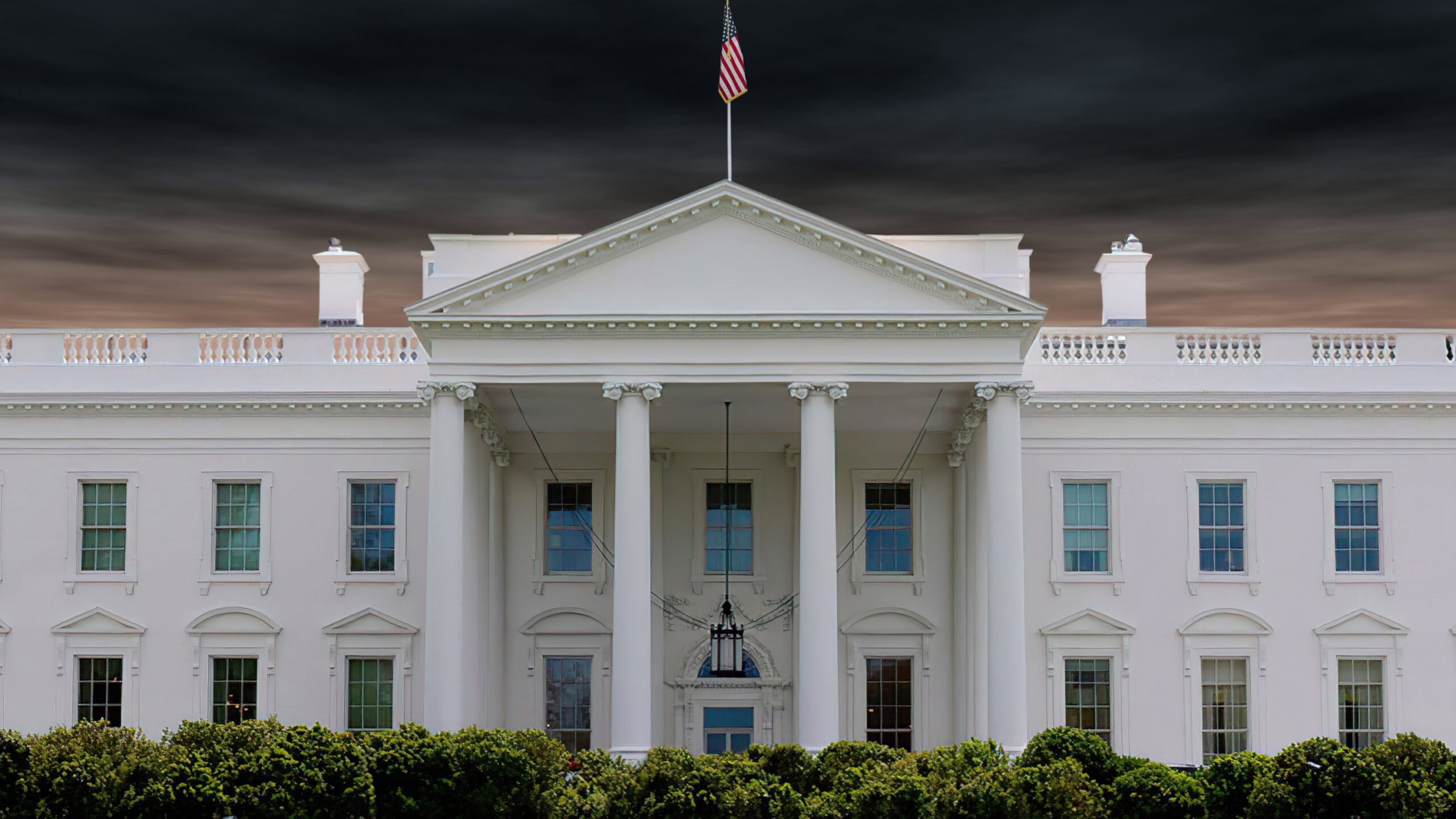The U.S. presidential inauguration ceremony has a rich history that goes all the way back to April 30, 1789, when George Washington took the oath of office at Federal Hall in New York City. Since then, the event has become a major milestone marking the start of a new presidential term or the transition to a new administration.
Originally, inaugurations were held on March 4, but this changed to January 20 after the 20th Amendment was ratified in 1933. The core of the ceremony is the presidential oath of office, which is the only part required by the Constitution. Usually, the Chief Justice of the United States administers the oath.
Over time, various traditions have developed around the inauguration. These include the inaugural address, where the new president shares their vision for the country, and the inaugural parade, which highlights the nation’s military and cultural diversity. Since Franklin D. Roosevelt’s first inauguration in 1933, it’s also become common for the president-elect to attend a church service on the morning of the ceremony.
The location of the ceremony has changed too. Since Ronald Reagan’s inauguration in 1981, it’s been held on the west front of the U.S. Capitol, facing the National Mall. Before that, it was usually held on the east portico of the Capitol.
Inaugurations have also adapted to different circumstances. For example, Lyndon B. Johnson was sworn in aboard Air Force One after John F. Kennedy was assassinated in 1963. Despite these changes, the inauguration remains a symbol of the peaceful transfer of power and a celebration of American democracy.
Classroom Ideas for Teaching About Inaugurations
Analyzing Inaugural Addresses
Share excerpts from famous inaugural speeches, such as John F. Kennedy’s “Ask not what your country can do for you” address or Abraham Lincoln’s second inaugural address. Ask students to analyze the themes, tone, and historical context of these speeches. What vision did the president communicate, and how does it reflect the era?
Design Your Own Inauguration
Task students with planning their own mock inauguration. They can create a schedule, write an inaugural address, design a parade, and choose traditions to include. Encourage creativity while highlighting the historical aspects of the event. Start with this video from Social Studies Shorts on Presidential Inaugurations!
Timeline of Inaugural Traditions
Have students create an interactive timeline showing the evolution of inaugural traditions. Include major changes, such as the shift from March 4 to January 20 or the move to the west front of the Capitol. This activity helps students understand how traditions adapt over time.
Comparing Global Traditions of Leadership Transitions
Compare the U.S. inauguration ceremony with how other countries mark the beginning of a leader’s term. Students can research and present similarities and differences, fostering a broader understanding of global governance and traditions. This video from Politics on Point explores the pomp and circumstance of presidential inaugurations in the United States.
For more fascinating details and ready-to-use resources, check out eMediaVA’s collection on Presidential Inaugurations.
Anne Walker is a social studies teacher in Prince William County Schools and an eMediaVA Ambassador.
